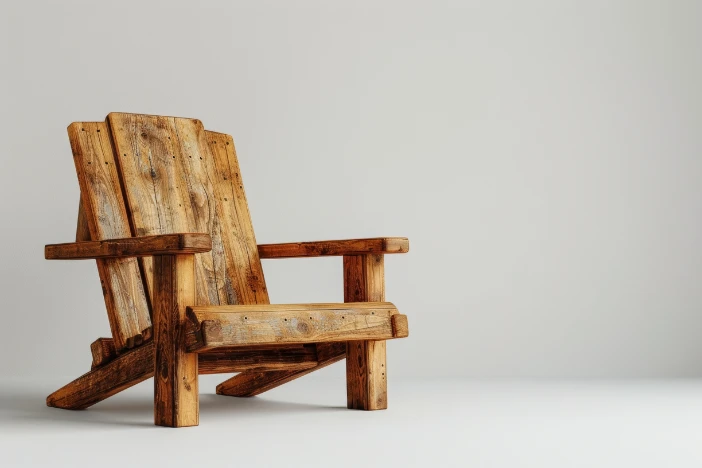
The seventh section of our lengthy overview of design aesthetics looks at several fancy styles from different eras.
Regal

Regal interior design is all about rolling out the red carpet for your everyday life, channeling centuries-old grandeur but keeping it surprisingly livable. Imagine crisp architectural silhouettes, swooping arches, finely carved cornices and high ceilings that make you want to cue a royal entrance theme every time you walk in.
This style leans into tactile delight, so think rich velvets, shimmering silks and heavy damasks—textures that beg you to linger a little longer on that chaise lounge.
Color is where Regal style truly stands out. You can choose classic white or black-and-white for a clean look. For more impact, go with bold colors like sapphire, emerald, or deep burgundy.
Regal rooms always have metallic touches—gold, silver, bronze, or copper. These accents appear on hardware, fixtures, trims, and frames. They give everything a rich and royal feel.
If you want a touch of royalty, look for pieces like the Louis XVI chair or a Chippendale cabinet. These designs offer ornate details without looking overdone. They are classic examples of regal style.
Designers such as Jean-Henri Riesener were famous for their work at Versailles. You can still see their signature touches in modern regal-inspired furniture.
Large mirrors make rooms feel bigger and add shine. They create the sense of luxury, even in a small space. Regal style is not just about impressing others. It is also about making you feel special in your own home.
Regence
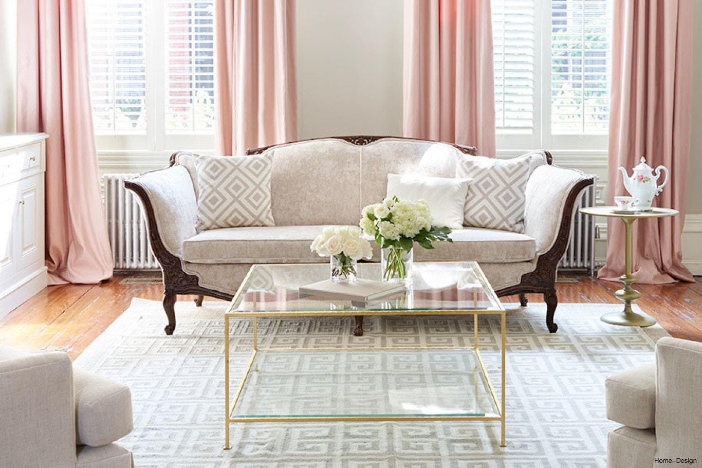
Regence style adds French charm without being over the top. Instead of bold colors, it uses soft shades like creamy white, pale gray, and gentle brown. These touches make a room look elegant and feel relaxed at the same time.
Texture is important in this style. You’ll see rich wood grains, smooth leather, and fancy silk fabrics. Everything feels comfortable but also classy.
Regence furniture is known for its curved legs and graceful shapes. These designs are elegant without trying too hard. Sofas, armoires, and “fauteuil” chairs often show off carved details—like leaves, shells, or sometimes playful dragons for a whimsical touch.
Classic pieces include the Regence commode and the bergère chair. You’ll find these in museums and in the homes of design fans. Designers such as Jean Bérain and craftsmen like Charles Cressent set the standard for this look, often using gold finishes for extra flair.
If you love arched doorways, crystal chandeliers, and a mix of old-world style with comfort, Regence is perfect. It brings history and sparkle to your space without feeling stuffy.
Regency
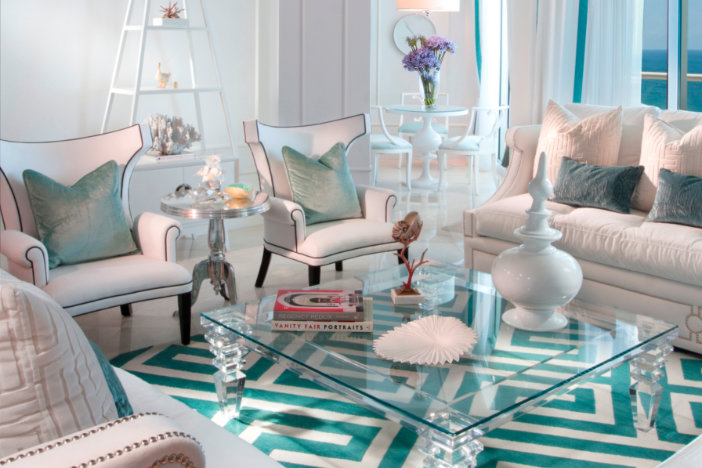
When you step inside a Regency-style home, you instantly get that old Hollywood vibe—think elegance with a side of drama, minus any diva behavior. Every detail matters in this look, from the sleek curves of brass-legged settees to the shimmer of glass and gilt mirrors.
Texture takes center stage: silky lampshades and plush velvet pillows beg to be touched, while glossy lacquered finishes bounce light around the room like the flashbulbs at a red-carpet premiere. The color palette isn’t shy either, serving up everything from peacock blue to zesty saffron or moody purple, all contrasted beautifully against crisp white or jet black trim.
Regency rooms perfect the art of entertaining, using furniture placement to inspire real conversation instead of directing everyone toward a TV. The design encourages connection and elegance through thoughtful arrangement and proportion.
Timeless pieces like the klismos chair or recamier chaise define the look with their graceful, low silhouettes—ideal if you want a living room that feels ready for the spotlight. Designers Thomas Hope and George Smith cemented this Regency style, leaving a lasting mark in satinwood and sophistication.
You might think Regency charm stops at your front door, but a little garden folly, column-festooned pergola or glossy painted outdoor bench instantly brings the look outdoors.
Whether you’re channeling Bridgerton ballrooms or crafting your own version of Gatsby’s garden parties, Regency style delivers the glamour with just enough wit and sparkle to keep things interesting without ever upstaging you.
Renaissance

Renaissance interior design blends luxury with structure, creating spaces that balance grandeur and restraint. Emerging across Europe in the 1400s and 1500s, this style redefined elegance through proportion, harmony, and refined symmetry.
Rooms from this era feel spacious and uplifting, inviting you to breathe deeply and take in the artistry around you. High ceilings, graceful arches, and clean geometric lines brought light and subtle drama to interiors—echoing the same balance and beauty found in Renaissance art.
Texture steals the spotlight here. Picture smooth marble floors, carved wood that makes your coffee table jealous and thick tapestries so lush you’d stop and wonder if you should even touch them.
Color choices aren’t shy—think moody plum, forest green and navy blue, all topped off with gold details that announce themselves before you do. These spaces were made to make an entrance and honestly, they’re still not about blending in.
Furniture in Renaissance interiors was never just decorative—it carried presence and purpose. Cassone chests added a touch of grandeur to even the simplest task, making linen storage feel like an art form. Sgabello chairs, with their throne-like posture, turned ordinary seating into a statement of status and style.
Refectory tables anchored the room, built strong enough for lavish feasts or to quietly display the owner’s success. Even kitchen cabinets embraced the drama, featuring carved panels, miniature columns, and clever hidden compartments for prized ingredients and treasured possessions.
Big names like Michelangelo and Giulio Romano didn’t only paint ceilings—they set the rules for what stylish living looked like. Go Renaissance and you’ll always have the classics on your side. This look is centuries old, but let’s be honest, it still has more flair than most of us do on a Monday morning.
Retro

Retro interior style is all about serving up a big slice of nostalgia with plenty of personality. Signature forms lean into fun: curved sofas, low-slung lounge chairs, starburst mirrors and round-edged tables that feel more playful than polished.
Texture really steals the spotlight, with glossy plastics, velvety fabrics, shag rugs and the occasional tufted vinyl banquette. You’ll find bold splashes of tangerine, avocado green, fire-engine red, turquoise and mustard yellow, usually paired together (not piled on) so the look feels upbeat instead of overwhelming.
Materials like teak, molded plywood, chrome, formica and acrylic keep everything light and ready for impromptu living-room dance moves. Patterns tend to go big—think geometric repeats, pop art prints or atomic squiggles—often turning up on upholstery or wallpaper that brings the whole space to life.
Retro works outside, too. Toss some graphic-print cushions on a butterfly chair, add a vintage cooler and a sleek bar cart and suddenly your patio is ready for its own comeback tour.
Some of these designs still turn heads decades later, like Eero Saarinen’s Tulip Table, Arne Jacobsen’s Egg Chair, and the whimsical George Nelson Marshmallow Sofa. Each piece feels timeless yet bold, a reminder of how postwar design embraced both form and personality.
Retro visionary Dorothy Draper became legendary for her fearless use of color, sweeping patterns, and theatrical transformations of public spaces. Together with David Hicks—celebrated for his striking hues and daring pattern play—she shaped interiors that remain vibrant, punchy, and impossible to forget.
Retro’s not about rewinding—it’s about remixing the grooviest parts of the past and letting them shine in the here and now.
Revival
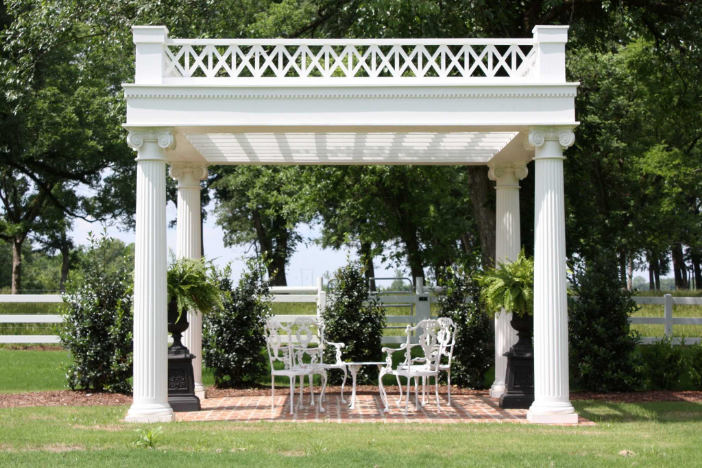
The Revival interior design era in America started in the nineteenth century. It brought old styles back and gave homes a nostalgic, grand look. As cities grew and life sped up, people wanted comfort and a sense of history in their homes.
Revival style mixes many influences. You’ll see Greek columns, Gothic arches, and the curves of Rococo style. Sometimes, a bit of Egyptian design appears, too.
Furniture comes in many shapes, from square table legs to chairs with sweeping backs. Textures are rich and varied—think velvet, polished wood, stone, and touches of gold for drama.
Colors are bold and confident. Deep greens, burgundy, and gold make rooms look important and full of character. Wood materials like walnut, mahogany, and cherry are common, while marble, brass, and stained glass add extra luxury.
If you want a classic name-drop, the Grecian Klismos chair stands out in any Revival interior. Designers such as Alexander Jackson Davis and Richard Upjohn helped shape the look.
Today, if you see a home with fluted moldings or Corinthian columns, you’re seeing the Revival legacy. This style proves that looking back can be a smart way to move forward.
Rietveld
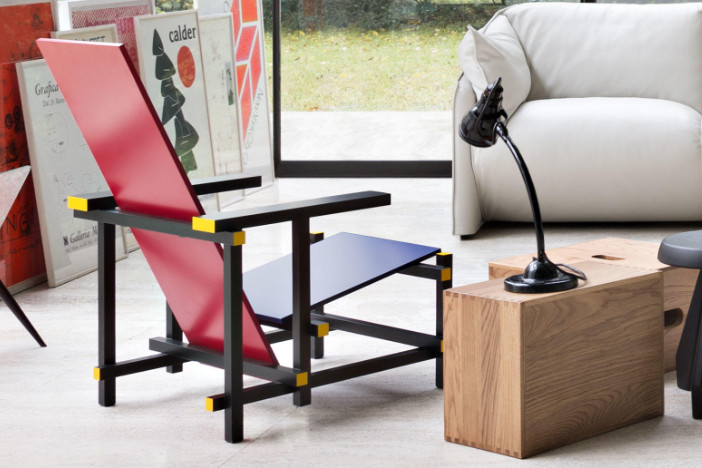
Rietveld interiors make classic style look new and fresh. Imagine chairs with sharp angles and straight edges, like something dreamed up in a geometry class. Gerrit Rietveld and his group pushed back against curvy, plush furniture. They used bold lines and created spaces that feel like sculptural works of art.
The Red and Blue Chair is Rietveld’s most famous piece. It stands out as a symbol of Dutch Modernist design and Neoplasticism [Jensen 2007]. With primary colors and confident lines, it adds a touch of Mondrian to any room. This chair is playful to look at, but it is not made for lounging.
Don’t let the simple look fool you. Rietveld designed his furniture to be for everyone, not just for a select few. These pieces were ahead of their time in both form and function.
Rietveld wasn’t just about looks, though. The materials in these rooms are honest—wood that shows itself off, sometimes painted in those iconic De Stijl colors, other times left as natural as a Sunday morning. Furniture shows its construction proudly with visible joints and no attempt at hiding the mechanics.
Walls and floors go for neutral whites, grays and blacks, giving color the stage where it matters. And who needs heavy curtains when you can have panoramic windows bringing the outdoors right in? With light pouring through glass and sliding doors that erase boundaries, it almost feels like Rietveld invented “open concept” before HGTV caught on.
While most folks remember the Red and Blue Chair, the Zig-Zag and Crate series prove that good design has no need for legs—or limits. Rietveld’s Shroder House is a bucket list trip for architecture buffs, a real-world superhero lair built nearly a century ago that’s still cooler than Tony Stark’s pad.
Rococo
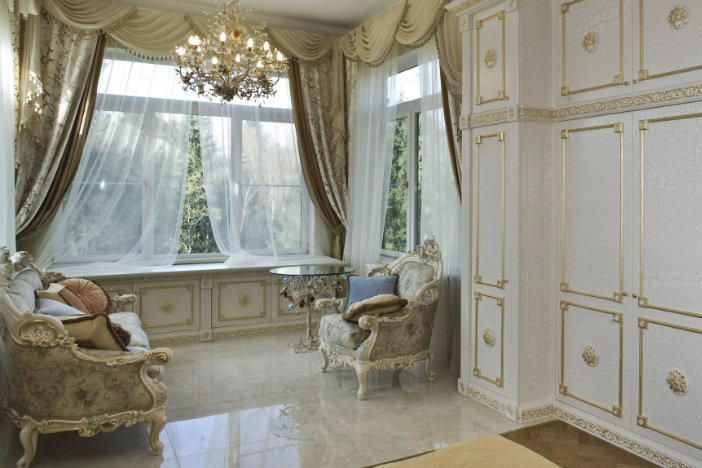
Rococo or rocaille if you’re fancy, swept onto the French scene as the ultimate antidote to the stiff, geometric Louis XIV look. This style leans in to curves, never corners, with forms that coil and swirl like a well-tossed croissant. Furniture in Rococo gets flirty, with chairs and tables showing off cabriole legs and curvy arms that look like they’re dancing.
Texture is everywhere, thanks to hand-carved details that would impress even the pickiest craftsmen. You’ll see surfaces that shine and glow with gold leaf, smooth marble, soft silk and plenty of shiny wood.
Rococo loves a soft touch, so expect plush upholstery under pastel silks and satins, plus a little gold to remind you who’s boss. The Louis XV chair sits at the top tier of iconic—impossible to miss—while designers like Juste-Aurèle Meissonnier and Nicolas Pineau set the interior standard.
Rococo likes to keep things interesting with lots of asymmetry. Think shells, bits of coral and fun leaves that add a bit of flair and a cheeky twist to a room. Mirrors do more than help you fix your hair—they bounce light around and give every space a shiny, royal vibe.
Wall panels loved a little chinoiserie, showing off playful scenes inspired by Asian art and life. Rococo interiors bring together art history and French style, with enough sparkle and humor to keep people saying oui even after all these years.
Romantic
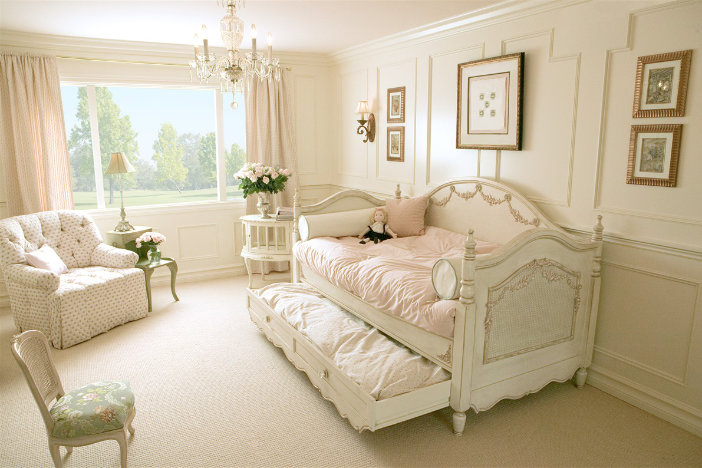
Romantic interior design makes your home feel like a movie set from your favorite love story. Everything is soft, cozy and dreamy. Curvy shapes take over, from those elegant cabriole legs on tables to sweet heart-shaped chair backs.
The whole room feels like it’s giving you a gentle hug and honestly, who can say no to that? The vibe leans into elusive pastels like dusty pink, moonlit blue and faded ivory, which keep it serene without ever shouting for attention.
Textures in a romantic space tend to go all in on touchable luxury, so velvet, silk and even brocade fabrics show up everywhere from billowy curtains to plush bedding, just begging for a Netflix-and-chill night worthy of Bridgerton.
When it comes to materials, ornate gold or antique brass details—on things like picture frames, candle sconces and those iconic crystal chandeliers—sparkle against soft backdrops, because even romance likes a little bling.
Light isn’t supposed to blind; it lingers in gentle glows that flatter everyone and everything, from a canopied four-poster bed (classic, right out of a Jane Austen adaptation) to shapely settees.
If iconic design names come up at trivia night, Jean-Henri Riesener and Thomas Chippendale deserve a shout-out for their influence on the look. Their ornate commodes, romantic settees and swirling woodwork helped define an era where furniture was practically poetry. The only thing missing? A trail of rose petals.
Russian

Russian interior design mixes history and comfort like sugar and tea. This style wraps you up in warmth with a blend of old-school elegance and down-to-earth coziness. It’s where a fancy palace and a country dacha find common ground—glamorous, but you can still kick off your boots.
Form in Russian interiors is classic and practical. Furniture pieces are solid and often made from dark woods like birch or walnut. Many have gentle curves or carved details that echo designs from the past.
Traditional Russian homes usually include a pechka. This is a masonry stove that is both useful and a symbol of home life. It acts as a main source of heat and serves as a focal point for the room. A pechka is to Russian interiors what a fireplace is to Western ones—both practical and iconic.
The colors are earthy with a hint of drama. You’ll find soft ochres, warm taupes, off-whites and dusty greens, accented by jewel tones in velvets or brocades. Texture is everything here—embroidered tablecloths, lace panels on windows, thick wool throws over carved chairs. It’s a style where layering feels natural, not fussy.
Floral prints are a hallmark—roses, poppies, wildflowers—appearing on everything from wallpaper to teacups. Folk patterns, decorative tiles and parquet floors in herringbone patterns add to the visual story. There’s pride in tradition and detail without crossing into full Downton Abbey levels of fussiness.
Architects like Fyodor Shekhtel and Ivan Zholtovsky left their mark on interiors too, blending Art Nouveau with classical Russian elements. Today’s take on Russian style proves that history, when handled well, never goes out of fashion—sort of like Tolstoy, but for your living room.
Rustic
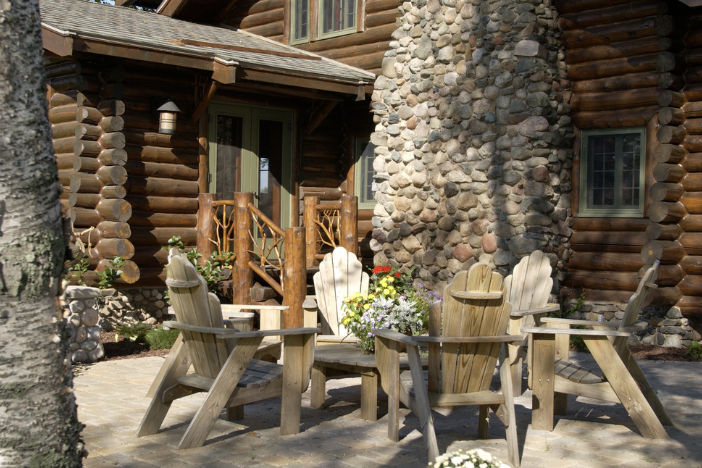
Rustic interior design brings the outdoors in, no lumberjack attire required. This style thrives on natural materials—think rough-hewn wood with knots and cracks proudly on display, stone that would make Fred Flintstone jealous and cozy fabrics like wool and cotton for a welcome-to-the-cabin vibe.
Texture rules here, from chunky reclaimed timber beams overhead to jute rugs beneath your feet and the soft wool or leather slouching across a deep armchair. You’re wrapped in earthy color palettes: warm browns, beiges, muted greens and grays that whisper “nature is the new black” and keep things calm while raw materials take center stage.
If you’ve never hugged a stone fireplace, you might reconsider after seeing one in a rustic living room, where walls often show off their brick, stone or aged wood—sometimes all three for those multitasking overachievers. Spaces get plenty of daylight, thanks to big windows that make you feel you could high-five a passing squirrel.
Outdoors, rustic style shines on patios with reclaimed wood floors, natural stone paths and pergolas built with sturdy—sometimes gloriously wonky—logs. Durable stone paving or old brick underfoot can take a beating yet still look good enough for a summer movie night.
When it comes to furniture, the Adirondack chair reigns supreme in rustic design. Reclaimed wood tables and the Toulouse coffee table also command attention, blending charm with craftsmanship and proving that simplicity can be deeply stylish.
On today’s design scene, Amber Lewis and Sean Anderson lead the way in rustic chic. Their work celebrates texture, balance, and the kind of lived-in comfort that feels effortlessly refined. Rustic style doesn’t bother with pretense—it simply invites you in, muddy boots and all.
Guide Sections
References
- Jensen, T. (2007). De Stijl.


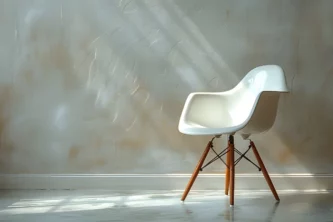
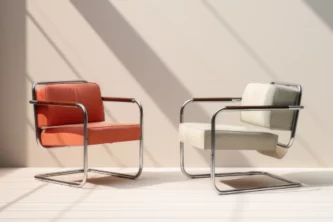
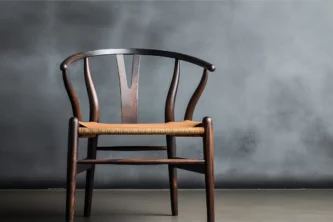
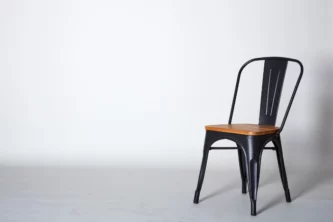
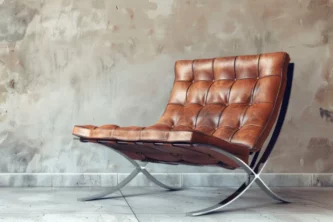
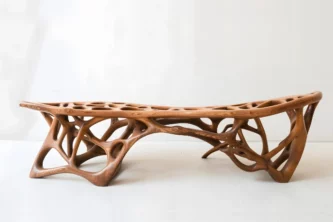

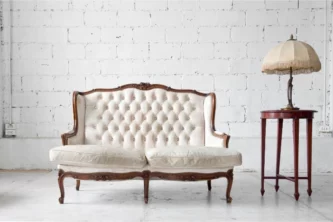




Leave a Reply